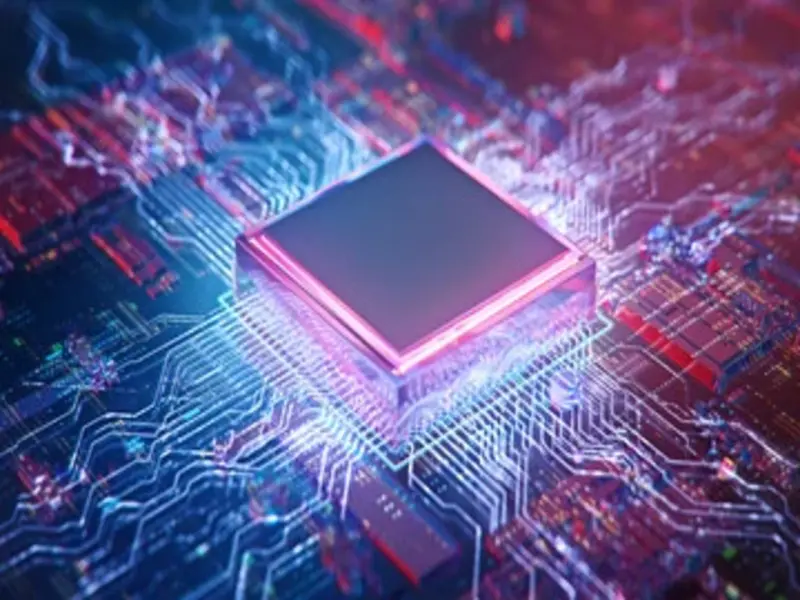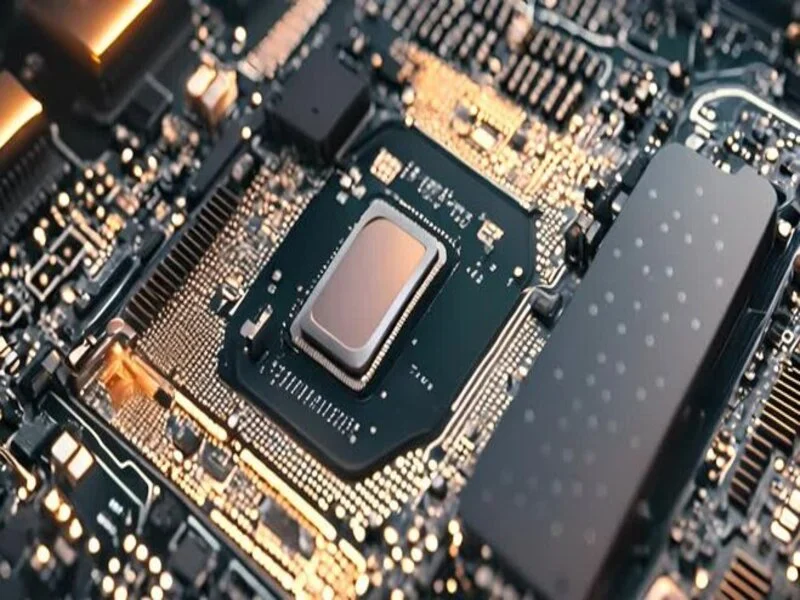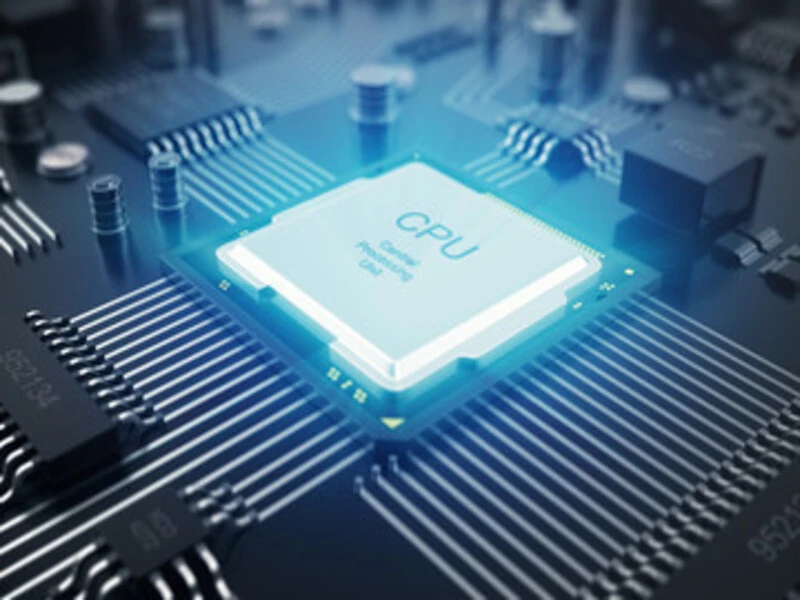In the ever-evolving world of personal computing, optimizing system performance is crucial for both casual users and enthusiasts. One of the most significant challenges faced by users is identifying and mitigating performance bottlenecks within their PC systems. A CPU bottleneck calculator is a tool specifically designed to address this issue, offering insights into the compatibility and performance dynamics of key hardware components such as the processor (CPU), graphics processing unit (GPU), random access memory (RAM), and screen resolution. By evaluating these elements, the bottleneck calculator can help users achieve an optimal balance, ensuring that each component operates efficiently in harmony with the others.
The Concept of a Bottleneck in Computing
Before delving into the specifics of the CPU bottleneck calculator, it is essential to understand what a bottleneck is in the context of computing. A bottleneck occurs when one component of a system limits the performance of the entire system. In a PC, this often happens when the processing power of the CPU cannot keep pace with the demands of the GPU, or when the RAM capacity is inadequate for the tasks at hand. This imbalance results in suboptimal performance, where the full potential of the system cannot be realized.
Functionality of the CPU Bottleneck Calculator
The primary function of a CPU bottleneck calculator is to analyze the performance capabilities of the CPU about other critical components of the PC. Here’s a detailed look at how it operates:

1. Assessment of CPU and GPU Compatibility
The CPU and GPU are two of the most critical components in a PC. The CPU is responsible for executing instructions and processing data, while the GPU handles rendering graphics and images. For optimal performance, these two components must work in tandem without one overpowering the other. The bottleneck calculator evaluates the processing speed and capabilities of the CPU against the data processing demands of the GPU. If the CPU is unable to keep up with the GPU, a bottleneck occurs, leading to diminished performance in graphics-intensive applications such as gaming and video editing.
2. Evaluation of RAM Capacity
RAM plays a crucial role in the smooth operation of a PC by temporarily storing data that the CPU needs to access quickly. Insufficient RAM can cause the system to rely heavily on slower storage solutions, resulting in a bottleneck. The bottleneck calculator assesses whether the current RAM capacity is adequate for the system’s needs. It considers factors such as the type of applications being run, multitasking demands, and overall system load. By identifying any deficiencies in RAM, the calculator can suggest upgrades to enhance performance.
3. Analysis of Screen Resolution Impact
Screen resolution impacts the workload on both the CPU and GPU. Higher resolutions require more processing power and memory to render images and videos accurately. The bottleneck calculator examines the current screen resolution settings and determines if the CPU and GPU can handle the associated demands. For example, gaming at 4K resolution is significantly more demanding than at 1080p. If the calculator detects that the hardware components are struggling to maintain performance at a given resolution, it may recommend adjustments to the resolution or hardware upgrades.
Benefits of Using a CPU Bottleneck Calculator
Utilizing a CPU bottleneck calculator offers several advantages for PC users:

- 1. Enhanced Performance Optimization: By pinpointing the exact cause of performance issues, users can take targeted actions to resolve bottlenecks. This ensures that each component operates at its optimal capacity, leading to smoother and more efficient performance across various applications.
- 2. Cost-Effective Upgrades: A bottleneck calculator helps users make informed decisions about hardware upgrades. Instead of arbitrarily upgrading components, users can focus on the specific parts that are causing performance issues. This targeted approach can save money and ensure that investments are made where they will have the most significant impact.
- 3. Prolonged System Longevity: Regularly using a bottleneck calculator to assess system performance can help maintain a balanced and efficient PC setup. By addressing bottlenecks as they arise, users can prolong the lifespan of their systems and delay the need for a complete overhaul or replacement.
- 4. Improved User Experience: Whether for gaming, professional work, or everyday computing tasks, a well-optimized PC provides a smoother and more enjoyable user experience. Applications run more efficiently, multitasking is more manageable, and overall system responsiveness is enhanced.
How to Use a CPU Bottleneck Calculator
Using a CPU bottleneck calculator is typically straightforward and involves a few simple steps:
- 1. Input System Specifications: Users begin by entering their current system specifications into the calculator. This includes details about the CPU, GPU, RAM, and screen resolution. Some calculators may also require additional information such as storage type and speed.
- 2. Run the Analysis: Once the necessary data is input, the calculator performs an analysis to evaluate the performance compatibility of the components. It compares the capabilities of the CPU and GPU, assesses RAM adequacy, and examines the impact of the screen resolution on overall performance.
- 3. Review the Results: The calculator provides a detailed report highlighting any detected bottlenecks. This report typically includes recommendations for addressing the identified issues. For example, it may suggest upgrading the CPU, adding more RAM, or adjusting screen resolution settings.
- 4. Implement Recommendations: Users can then implement the recommended changes to optimize their system. This may involve purchasing new hardware, adjusting system settings, or making other modifications to achieve a balanced performance.
Factors Influencing CPU Bottleneck Calculation
Several factors can influence the results provided by a CPU bottleneck calculator. Understanding these factors can help users interpret the results more accurately:
1. Workload Type
Different types of workloads place varying demands on system components. For example, gaming typically requires a robust GPU, while tasks such as video editing and 3D rendering demand a powerful CPU. The bottleneck calculator takes the nature of the workload into account when analyzing performance.
2. Component Age and Wear
Older components may not perform as well as newer ones due to wear and tear. The calculator considers the age and condition of the hardware when evaluating potential bottlenecks.
3. Overclocking
Overclocking involves running a CPU or GPU at a higher speed than its base clock rate. This can enhance performance but also increases the risk of bottlenecks if not managed correctly. The calculator factors in any overclocking settings when performing its analysis.
4. Software Optimization
The efficiency of software applications can impact system performance. Well-optimized software can reduce the likelihood of bottlenecks, while poorly optimized programs can exacerbate performance issues. The bottleneck calculator may consider the impact of software optimization as part of its evaluation.
Popular CPU Bottleneck Calculators
Several CPU bottleneck calculators are available online, each offering unique features and capabilities. Some popular options include:
1. PC-Build’s Bottleneck Calculator
PC-Build’s tool is user-friendly and provides detailed insights into the compatibility and performance of system components. It offers recommendations for upgrades and adjustments to mitigate bottlenecks.
2. GPUCheck
GPUCheck focuses on the relationship between the CPU and GPU, providing in-depth analysis of how these components interact. It is particularly useful for gamers looking to optimize their systems for specific games.
3. UserBenchmark
UserBenchmark allows users to compare their system’s performance against a database of similar systems. This tool provides a comprehensive overview of potential bottlenecks and suggests practical solutions.
Considering all this
In the realm of personal computing, achieving a balanced and efficient system is paramount. A CPU bottleneck calculator is an invaluable tool for identifying and addressing performance bottlenecks, ensuring that each component of a PC operates in harmony with the others. By analyzing key elements such as the CPU, GPU, RAM, and screen resolution, the calculator helps users optimize their systems for enhanced performance, cost-effective upgrades, and an improved user experience. Whether you are a gamer, a professional, or a casual user, leveraging the power of a CPU bottleneck calculator can lead to a more responsive and enjoyable computing experience.
FAQs
Q: What does Bottleneck-Calculator.net do?
A: Bottleneck-Calculator.net provides a detailed assessment of your PC’s performance by analyzing key hardware components like the CPU, GPU, RAM, and screen resolution. This comprehensive analysis ensures you get accurate insights into potential performance bottlenecks.
Q: How up-to-date is the hardware database?
A: Bottleneck-Calculator.net maintains a real-time updated database that includes the latest hardware configurations and performance data. This means you can trust the tool to provide accurate analysis for the newest hardware available.
Q: Is the interface user-friendly?
A: Yes, Bottleneck-Calculator.net offers an intuitive user interface where you can easily enter your system specs, such as the processor, graphics card, intended use, and screen resolution. This design ensures that even less tech-savvy users can benefit from the tool.
Q: Will I receive customized recommendations?
A: Absolutely. Bottleneck-Calculator.net provides not just general analysis but also customized recommendations based on your specific configuration. This means you get personalized advice tailored to your unique system setup.
Q: How can I interpret the bottleneck results?
A: Bottleneck-Calculator.net provides detailed guidance to help you interpret the results. Whether you see a 0% bottleneck, a minor bottleneck under 20%, or a significant bottleneck over 50%, you will receive a clear explanation and suggested next steps.
Q: Does the tool offer tips on optimizing PC performance?
A: Yes, beyond bottleneck analysis, Bottleneck-Calculator.net offers practical information on how to optimize PC performance. This includes advice on upgrading key components and balancing your system through performance tuning.
Q: Can Bottleneck-Calculator.net help me future-proof my PC?
A: Indeed. Bottleneck-Calculator.net guides on choosing and upgrading components to prevent future bottlenecks, ensuring your system remains efficient in the long run.
Q: Why should I use Bottleneck-Calculator.net?
A: Bottleneck-Calculator.net is a valuable resource for evaluating and optimizing your PC’s performance due to its comprehensive analysis tools, updated hardware database, user-friendly interface, personalized recommendations, thorough interpretation guidance, practical performance tuning information, and future-proof advice.


1 thought on “Understanding and Utilizing a CPU Bottleneck Calculator for Optimal PC Performance”